Perú/19 junio 2017/Fuente:Clacso
¿Hemos logrado la equidad de género en el sistema educativo? ¿Ofrecen nuestras instituciones iguales oportunidades de aprendizaje y desarrollo a varones y mujeres? ¿Qué avances se han dado en este sentido? ¿Qué nuevos desafíos emergen? Este libro busca responder a estas interrogantes mirando más allá de las cifras que indican la existencia de igual cantidad de varones y mujeres en las aulas. Aunque estas cifras suelen tomarse como sinónimo de equidad, el lector encontrará aquí múltiples evidencias que delatan la existencia de hondas brechas de desigualdades, menos visibles que la paridad numérica, que cuestionan puntos centrales de la educación actual. Este libro reporta también algunas experiencias que han logrado enfrentar la desigualdad de género en diferentes escuelas públicas del campo y la ciudad.
Para leer, descargue aqui: http://biblioteca.clacso.edu.ar/Peru/iep/20170328021558/pdf_170.pdf
Fuente: http://biblioteca.clacso.edu.ar/colecciones/saladelectura/index.php?novedad=si&c=pe-009&d=12560
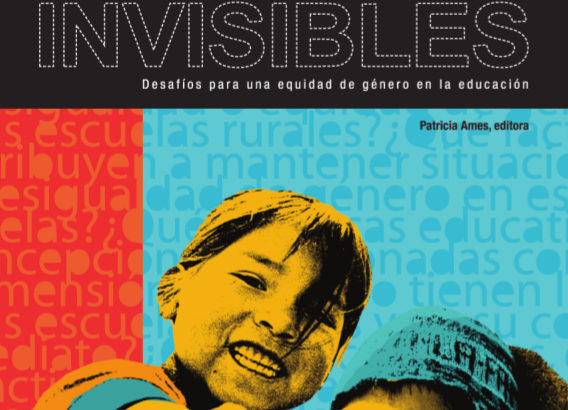

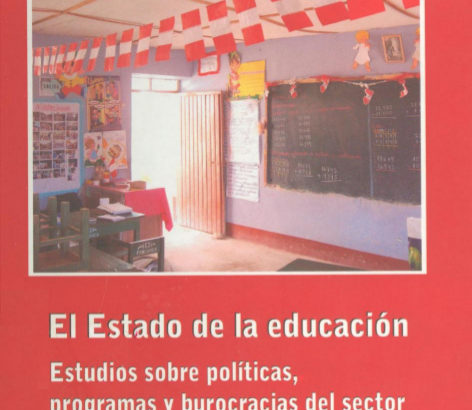

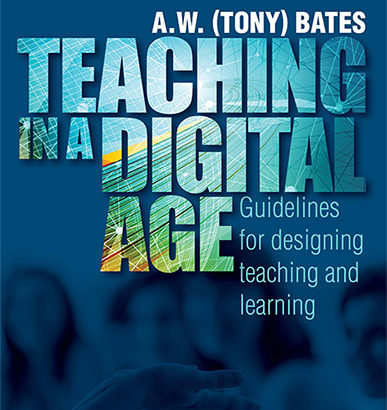
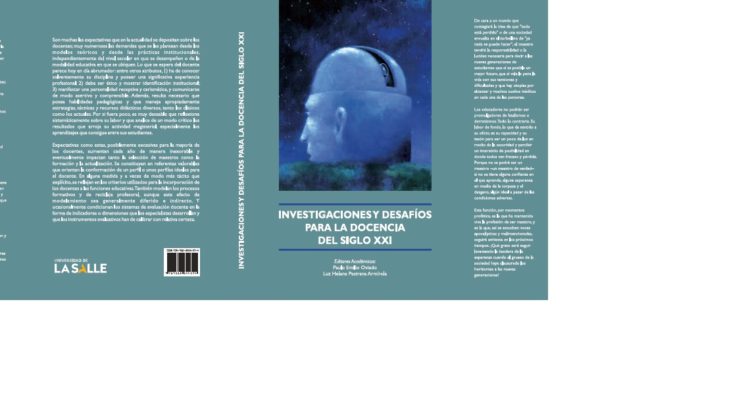
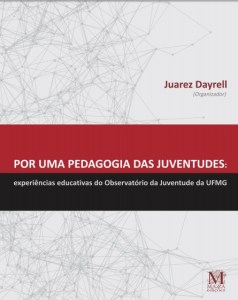






 Users Today : 8
Users Today : 8 Total Users : 35459603
Total Users : 35459603 Views Today : 16
Views Today : 16 Total views : 3417988
Total views : 3417988